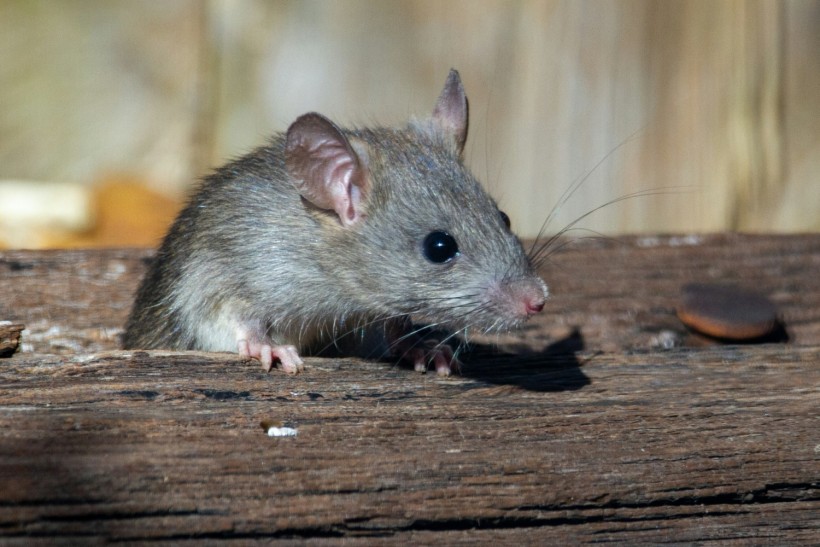[ad_1]
Black eggs shrouded in mystery were found by scientists thousands of feet in an abyss of the northwestern Pacific Ocean, with the researchers describing the cocoons as “flatworm egg capsules.” This is according to a new study by biologists at Hokkaido University in Sapporo, Japan. The mysterious oozing black spheres were located using a remotely operated vehicle (ROV).
The discovery of the black eggs almost 4 miles below the ocean’s surface somehow re-confirms the evidence that shallow-water flatworms may have started to colonize deeper ocean habitats over time. Almost a decade ago, a similar finding was reported after marine scientists observed worms living in the deep sea, mainly at a high-temperature hydrothermal vent in the Pacific Ocean.
The new research paper sheds light to marine animals living in the depths of the world’s oceans. It also visits previous evidence of conducive underwater environments, instead of the deep ocean being a lifeless marine habitat. Despite the breakthrough discovery, scientists are still uncertain how and why the flatworms moved from their shallow water habitat to the ocean’s abyss.
Black Eggs in the Pacific Ocean
![Mysterious Black Eggs Found 20,000 Feet in Abyss of the Pacific Ocean [Study] Mysterious Black Eggs Found 20,000 Feet in Abyss of the Pacific Ocean [Study]](https://1471793142.rsc.cdn77.org/data/images/full/69292/mysterious-black-eggs-found-20-000-feet-in-abyss-of-the-pacific-ocean-study.jpg?w=820)
According to the study published in the journal Biology Letters on January 24, researchers in Japan confirmed the existence of black eggs or flatworm cocoons on underwater rocks collected at depths of approximately 6,000 meters on the abyssal slope of the Kuril-Kamchatka Trench in the northwestern Pacific Ocean. The egg capsules were spherical and around 3 millimeters in diameter.
Each flatworm egg contained three to seven individuals at the same developmental stage, which shows evidence that soft-bodied invertebrates can survive in such environments, just like other abyssal animals. The research paper shows the deepest record of “free-living flatworms” and data on their early life stages in the abyssal zone, which resembles their counterparts in shallow water.
The mentioned Pacific Ocean worms particularly involves flatworms belonging to the suborder Maricola under the order Tricladida, with the latter consisting of small turbellarian worms such as planarians; these include freshwater, marine, and terrestrial forms with hundreds of species. The January 2024 report highlights that the flatworms with black eggs are amongst the abyssal animals.
Also Read: Giant Squid Mom Spotted Carrying String of Eggs 4,500 Feet Below the Pacific Ocean Off the California Coast
Abyssal Zone
The Hokkaido University biologists acknowledged, in their study, that the life cycles of the majority of abyssal animals remains largely unknown. This uncertainty is despite their ability to how they have successfully colonized and adapted to the extreme environmental conditions of the abyssal zone, which is from 3,500 to 6,500 meters.
One of the struggles in marine research is the fact that collecting samples from abyssal animals or deep-sea animals to be further studies in the laboratory is exceedingly challenging, according to the Monterey Bay Aquarium Research Institute (MBARI). The mystery of these deepwater animals is also related to the reality that an estimated 30% to 60% of marine life has not yet been described by scientists, MBARI says.
Related Article: Golden Egg Found At the Bottom of the Pacific Ocean: What Does This Mysterious Orb Contain?
© 2024 NatureWorldNews.com All rights reserved. Do not reproduce without permission.
[ad_2]




